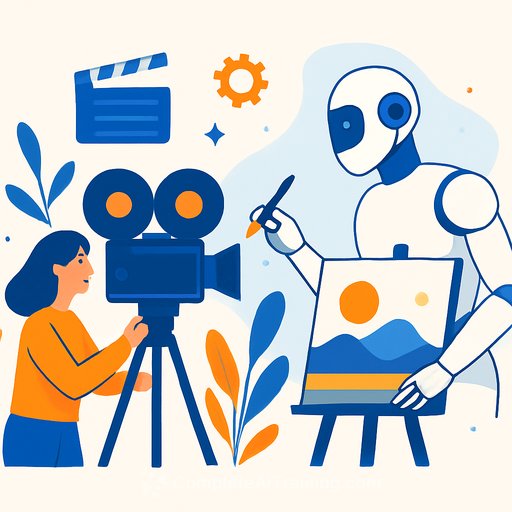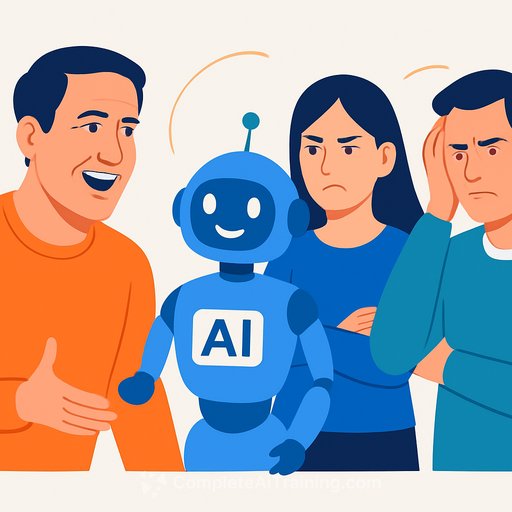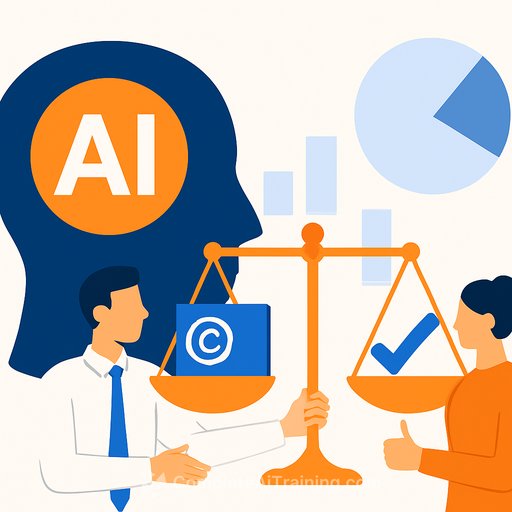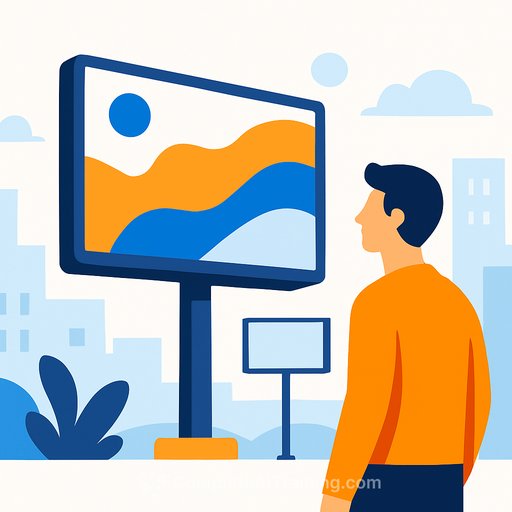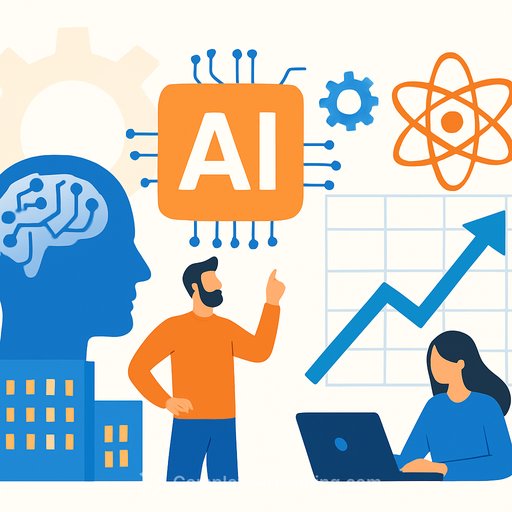AI in Filmmaking: More Access, More Experiments, Better Stories
"After fear comes art." That line from Wonder Studio's Justin Hackney sums up where creative work is headed. Filmmaking has always borrowed tools from the future. AI is just the latest set of brushes.
From traditional sets to hybrid production
Hackney came up through advertising and documentary work. He kept the fundamentals, then stacked AI on top. The result: hybrid production-using AI where it adds speed or scope, and keeping humans in the chair for taste, judgment, and final edit.
His stance is simple: don't swap your craft for prompts. Use AI to prototype faster, test more ideas, and bring more disciplines into the room. That's where the leaps happen.
Where AI fits in your workflow
- Preproduction: generate lookbooks, tone pieces, and storyboards to align a team in hours, not weeks.
- On set: plan style transfer tests and previs shots to inform lighting, blocking, and coverage.
- Post: rough passes for rotoscoping, cleanup, or character replacement before a human polishes.
- Budgeting: simulate options (locations, VFX vs. practical, asset reuse) to choose the smartest spend.
Access beats gatekeeping
Hackney talks about playing guitar "badly" and still loving it. That's the point. Access creates practice; practice creates taste. AI puts more instruments in more hands.
Project Fantasy drew 4,500 AI film submissions. Only a small slice truly landed. That's your reminder: the tools are common, taste is rare. Skill still decides what ships.
Collaboration is the advantage
Hackney likes sitting with engineers and designers and speaking the same language. AI tightens that loop. Ideas move from words to visuals to iterations without losing momentum.
Think of your crew as connected nodes. The more disciplines you connect, the stronger the work becomes.
Regulation vs. real progress
His take on policy: be careful about locking things down too early. Creatives will move to where they can work. Education and up-skilling should lead, policy should follow with context.
If you want structure for that up-skill, scan curated learning paths and tool guides built for working pros: AI courses by job and tools for generative video.
A familiar cycle: fear, then art
Photography scared painters. The internet scared publishers. Then new forms showed up. We've seen this before: the panic fades, the work gets interesting.
Hackney's advice: get hands-on, keep the team mindset, and ship experiments. Curiosity compounds faster than fear.
Quick start plan for filmmakers
- Pick one use case this week: previs boards, quick style frames, or a cleanup pass on a test shot.
- Run a micro sprint: 48 hours, two versions, one review session with your core team.
- Document what saved time or opened creative options, then lock one change into your next production.
- Repeat. One practical win per project beats a bloated tool stack you never use.
Tools worth testing
- Character and performance workflows: Wonder Studio
- Asset generation and visual support: Freepik AI
Watch, learn, iterate
See how teams are fusing techniques: check out original shorts like Ikona 2, Memory Maker, and The Hill on the Wonder Studio site.
Then try your own tests with accessible models on Freepik AI. Start small. Keep taste in the loop. Ship the idea.
Bottom line: AI won't replace your eye. It removes friction so your ideas can move. Use that headroom for bolder choices, tighter teams, and stories that actually land.
Your membership also unlocks:

